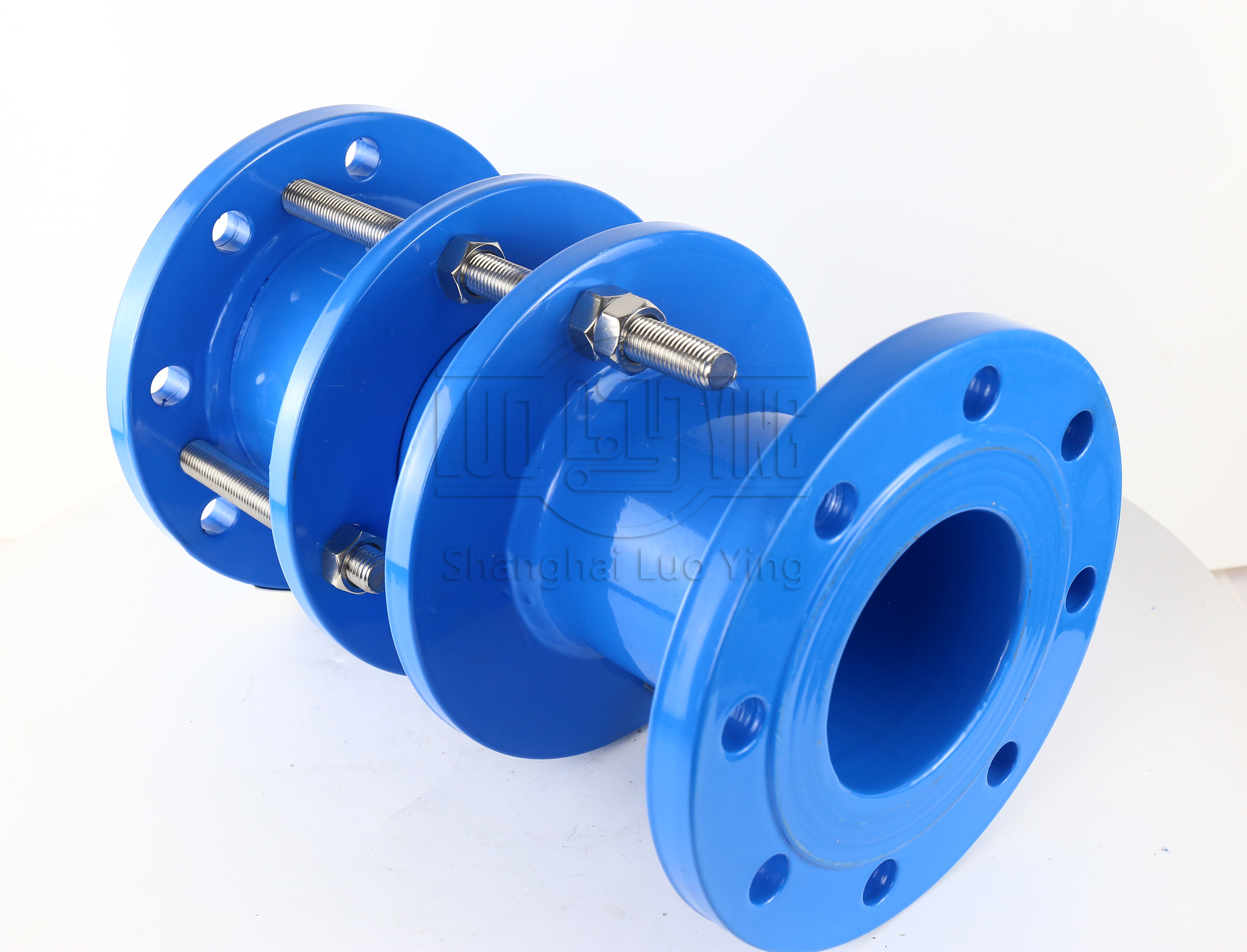What are the characteristics of a loose fitting transfer joint?
Nov-23-04
What are the characteristics of a loose fitting transfer joint?A loose fitting transfer joint, also known as a sleeve-type expansion joint, is a flexible component used in piping systems to accommodate movement, misalignment, and vibration. It is specifically designed to connect two fixed points while allowing for axial, lateral, and angular movement.
Here are the key characteristics of a loose fitting transfer joint:
Construction: A loose fitting transfer joint consists of three main components: a flange connection at each end and a flexible sleeve in between. The flanges are typically made of carbon steel, stainless steel, or other materials suitable for the specific application. The flexible sleeve, also known as a bellows, is made of a corrugated metal or synthetic material that can expand and contract to accommodate movement.

Misalignment Compensation: Loose fitting transfer joints are effective in compensating for misalignment between two fixed points. They can tolerate small offsets and angular rotations, ensuring a proper connection even if the pipes are not perfectly aligned. This characteristic is particularly beneficial in applications where settling or shifting of the pipeline may occur.
Absorption of Vibration and Noise: Another important characteristic of loose fitting transfer joints is their ability to absorb vibration and noise. When fluid or gas flows through the piping system, it can create vibration and noise that may have a detrimental effect on the overall system. The flexible bellows in the transfer joint helps to dampen these vibrations, reducing the transmission of noise and minimizing potential damage to the system.
Easy Installation and Maintenance: Loose fitting transfer joints are relatively easy to install and maintain. Due to their simplified design and flexibility, they can be easily connected to existing pipelines and adjusted as needed during installation. Additionally, periodic inspections and maintenance can be performed without the need for dismantling or disassembling the entire piping system.
Wide Range of Applications: Loose fitting transfer joints are suitable for a wide range of applications in various industries, including HVAC systems, power plants, petrochemical plants, water treatment facilities, and more. They can accommodate different media, temperatures, pressures, and movement capabilities, making them highly versatile in diverse environments.
In conclusion, loose fitting transfer joints are essential components in piping systems, providing flexibility, misalignment compensation, vibration and noise absorption, and easy installation. Their characteristics make them ideal for applications where movement and flexibility are required. By incorporating loose fitting transfer joints into piping systems, engineers can effectively manage movement and ensure the integrity and longevity of the overall system.

